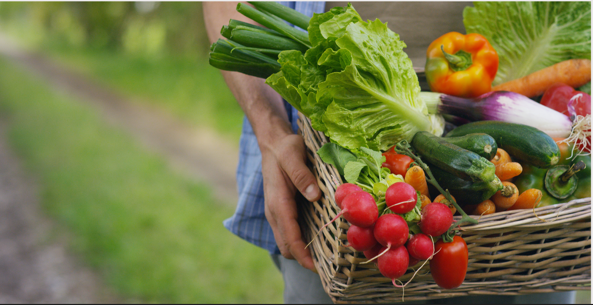“Seasonal Shifts: Planning Your Fall Garden”

As summer reaches its peak and your garden is abundant with warm-season vegetables like cucumbers and tomatoes, it’s time to start planning for the fall. Many cool-season crops need to be planted in mid to late summer to ensure a successful autumn harvest, while others, like garlic, should be planted in the fall for next summer’s yield.
To time your planting perfectly, check the “days to maturity” on plant tags or seed packets and count backward from your area’s estimated first frost date. For first frost dates in Mississippi, you can find resources online to guide your timing here.
Why Grow a Fall Garden?
Fall gardening has several advantages: fewer weeds and pests, and typically more consistent rainfall, which reduces the need for frequent watering. In temperate regions (USDA zones 4 to 8), planting can continue into November and December for crops like spinach, Swiss chard, broccoli, and kale. In colder climates, many of these vegetables are frost-tolerant and may even taste better after experiencing a frost or two.
As your summer crops finish, make room for fall planting. Follow these three steps to get started:
1. Timing Your Fall Garden:
Timing is crucial for fall gardening. Count backward from your area’s first frost date to determine when to plant.
2. Selecting Fall Vegetables:
Here’s a list of vegetables to plant in late summer for a bountiful fall harvest:
-
- Leeks: Great for mild climates, with a long maturity time of 75 to 100 days.
- Broccoli Rabe: Ideal for smaller gardens, plant about 10 weeks before the first expected frost.
- Bok Choy: Takes 45 to 70 days to mature, making it suitable for mid to late summer planting.
- Spinach: A fall garden favorite, ready for harvest in as little as three weeks.
- Kale: Cold-hardy and often sweeter after the first frost.
- Collard Greens: Best planted six to eight weeks before the first fall frost.
- Carrots: Thrive in cool weather, especially quick-growing dwarf varieties.
- Beets: A reliable crop, ready to harvest in about 60 days.
- Lettuce: One of the quickest crops to grow, often ready in three to four weeks.
- Garlic: Plant in fall for a summer harvest next year.
- Cauliflower: Loves cool weather, maturing in about 50 to 55 days.
- Head Cabbage: Requires about 60 days to mature.
- Broccoli: Best direct sown in warm climates or transplanted in late summer.
3. Deciding Where to Plant:
As you prepare for fall planting, clear out summer crops that are no longer productive. Clean up beds, add compost, and enrich the soil before planting the next crop.
Watering and Caring for Your Fall Crops
Consistent watering is crucial for a successful fall garden. The soil and air remain warm, so keeping the soil evenly moist is essential, especially in dry conditions. For some vegetables, like greens, the soil must stay moist to encourage germination.
Cool-season crops may struggle to sprout in hot soil, so consider planting them in shaded areas or starting them in pots placed in cooler spots. Adding mulch helps retain moisture and reduces the frequency of watering. If the sun is particularly intense, a lightweight row cover can provide shade and protection for young plants, ensuring they thrive in the fall garden.
Fall gardening offers a second chance to enjoy fresh produce, so clean out those empty beds, add some compost, and get ready to plant your second garden of the year.